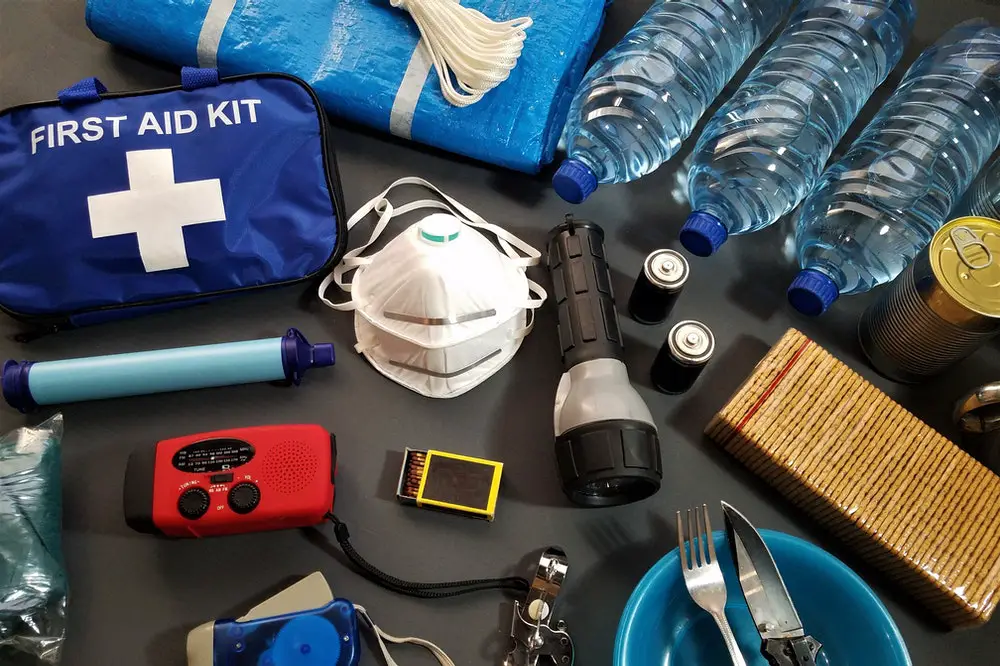Aging brings a natural set of health changes, and with those come increased risks of accidents, falls, and medical emergencies. Knowing how to handle these moments quickly and calmly for seniors living independently or with loved ones is essential. Basic first aid knowledge empowers older adults and their caregivers to immediately act when something goes wrong, whether a slip in the kitchen, sudden chest discomfort, or a minor wound. While not all situations require a hospital visit, the right first steps can prevent complications and support a quicker recovery. Preparation is key to staying safe at home and within the community.
Building confidence to act during emergencies
- Understanding Common Health Risks in Seniors
As people age, their bodies become more vulnerable to injuries and sudden medical conditions. Bones become more brittle, balance may decline, and chronic illnesses such as diabetes, high blood pressure, or heart disease can lead to unexpected emergencies. Falls are hazardous, often leading to fractures or head injuries. Knowing how to respond in these situations—by safely helping someone up, applying pressure to bleeding wounds, or recognizing stroke symptoms—can drastically reduce the harm caused. Seniors should feel included in safety conversations and capable of participating in their protection. Creating an environment where they know how to respond improves outcomes, even if it’s just calling for help. When seniors and their families take time to learn emergency responses together, they foster not just knowledge, but trust and reassurance. A caregiver or family member who completes first aid and CPR training gains the confidence and ability to respond immediately and effectively, often as the vital link between an incident and professional medical care.
- First Aid Readiness in the Home Environment
The home should be a place of comfort, but for many seniors, it’s also where accidents are most likely to occur. To improve safety, it’s essential to ensure that first aid supplies are easily accessible and that the living space supports quick response. This includes having a well-stocked first aid kit in a central location, keeping phones nearby for emergency calls, and minimizing clutter that could cause trips or slips. Adapting the environment with railings, non-slip mats, and stable furniture in homes where mobility is limited helps reduce risk. But beyond physical safety features, having a plan matters just as much. Family members should know how to assist in a fall without causing further injury, and seniors should feel confident in requesting help without hesitation. Practicing simple drills—like how to call emergency services or use medical alert systems—can make real emergencies feel less overwhelming. Familiarity creates calm, and calm leads to better decision-making in stressful moments.
- Responding to Falls, Cuts, and Burns
Minor injuries can escalate quickly in older adults due to slower healing and underlying health conditions. A fall that seems harmless may cause an internal injury or concussion. A cut might bleed more or take longer to close. Knowing how to assess these injuries is vital. When a fall occurs, checking for consciousness, visible wounds, or unusual limb positions helps determine if emergency services are needed. It’s safer not to move the person until help arrives. For cuts, cleaning the wound gently and applying sterile gauze can prevent infection. Burns should be cooled with clean, lukewarm water, avoiding creams that may irritate sensitive skin. These basic responses may sound simple, but in the moment, they require confidence and awareness. Seniors and caregivers can benefit from reviewing these responses regularly to keep them fresh in their minds. Practicing what to do with everyday items found in the home makes first aid more accessible and less intimidating when needed.
- Recognizing Serious Symptoms Early
One of the most essential aspects of first aid for seniors is knowing when symptoms signal a more serious condition. Time-sensitive emergencies like heart attacks, strokes, or diabetic complications often begin with vague symptoms—fatigue, dizziness, shortness of breath, or confusion. These signs are sometimes dismissed as part of aging, which delays crucial treatment. That’s why recognizing behavior, awareness, or speech changes is just as important as treating a physical injury. If a senior suddenly seems disoriented, has trouble speaking, or complains of pressure in the chest, quick action can make the difference. Learning to assess breathing, pulse, and alertness allows caregivers and family members to respond before a condition worsens. Keeping a record of medications and health history in a visible location also supports emergency responders who may arrive later. Training in these observations and regular communication between seniors and their caregivers builds a network of protection that can respond quickly and efficiently in moments that matter most.
- Encouraging Independence Through Safety Planning
While caregivers need to be prepared, it’s equally valuable to encourage seniors to take an active role in their safety. Building independence doesn’t mean leaving someone to handle everything alone—it means empowering them with the knowledge and tools to respond to challenges confidently. Teaching seniors how to use a medical alert button, keeping essential phone numbers near the bed, or applying a simple bandage gives them more control over their daily lives. These steps build confidence and reduce feelings of helplessness or dependence. Families can support this independence by including seniors in discussions, involving them in practice drills, and listening to their concerns about safety. When older adults feel respected and heard, they are more likely to engage with safety plans and follow through on recommendations. Independence supported by readiness allows seniors to maintain dignity while staying protected, making their daily lives more fulfilling and less stressful.
Basic first aid knowledge is one of the most valuable forms of security that seniors and their families can invest in. It turns uncertainty into action and hesitation into help. As the likelihood of health emergencies increases with age, having a simple, practiced plan can reduce fear and improve outcomes. From responding to a minor cut to recognizing the signs of something more serious, being prepared means acting confidently and calmly. This preparation doesn’t require advanced medical knowledge—just awareness, practice, and a commitment to care. When seniors, caregivers, and family members learn together, they create a more substantial, safer environment supporting health and independence.

Markmalte is an experienced writer for The Celebrity Niche, specializing in celebrity stories. With a keen eye for detail, he brings the latest updates on celebrity relationships, biographies, and news to his readers.







